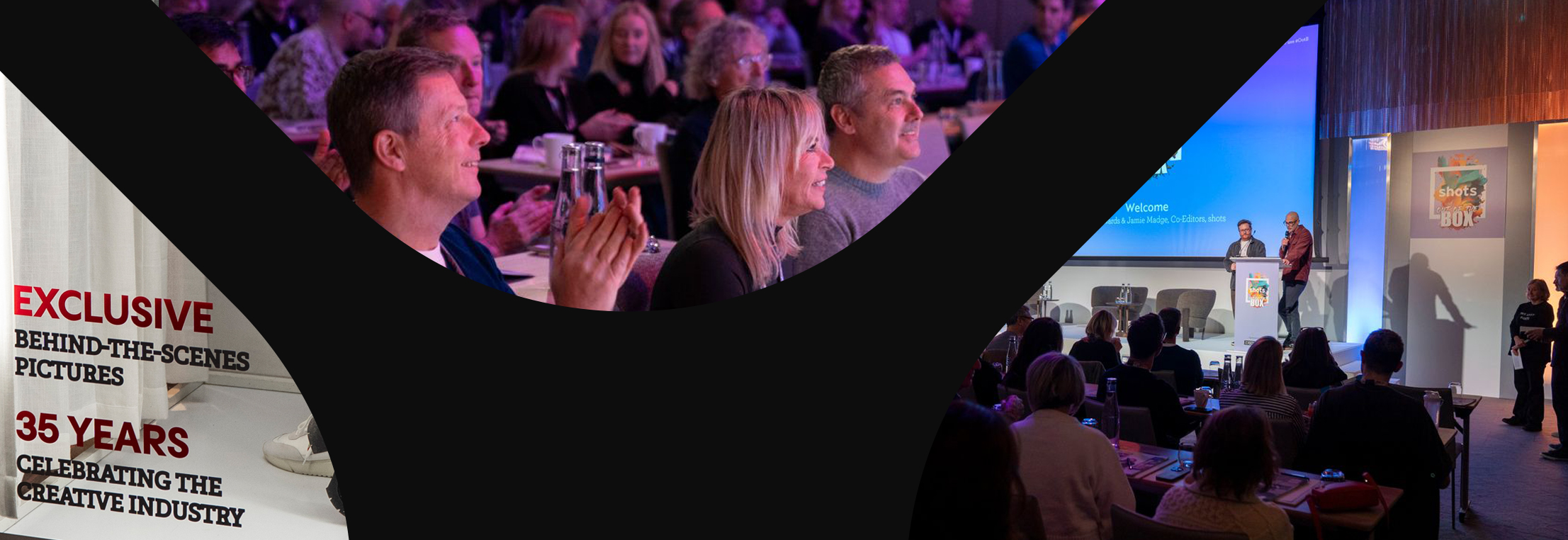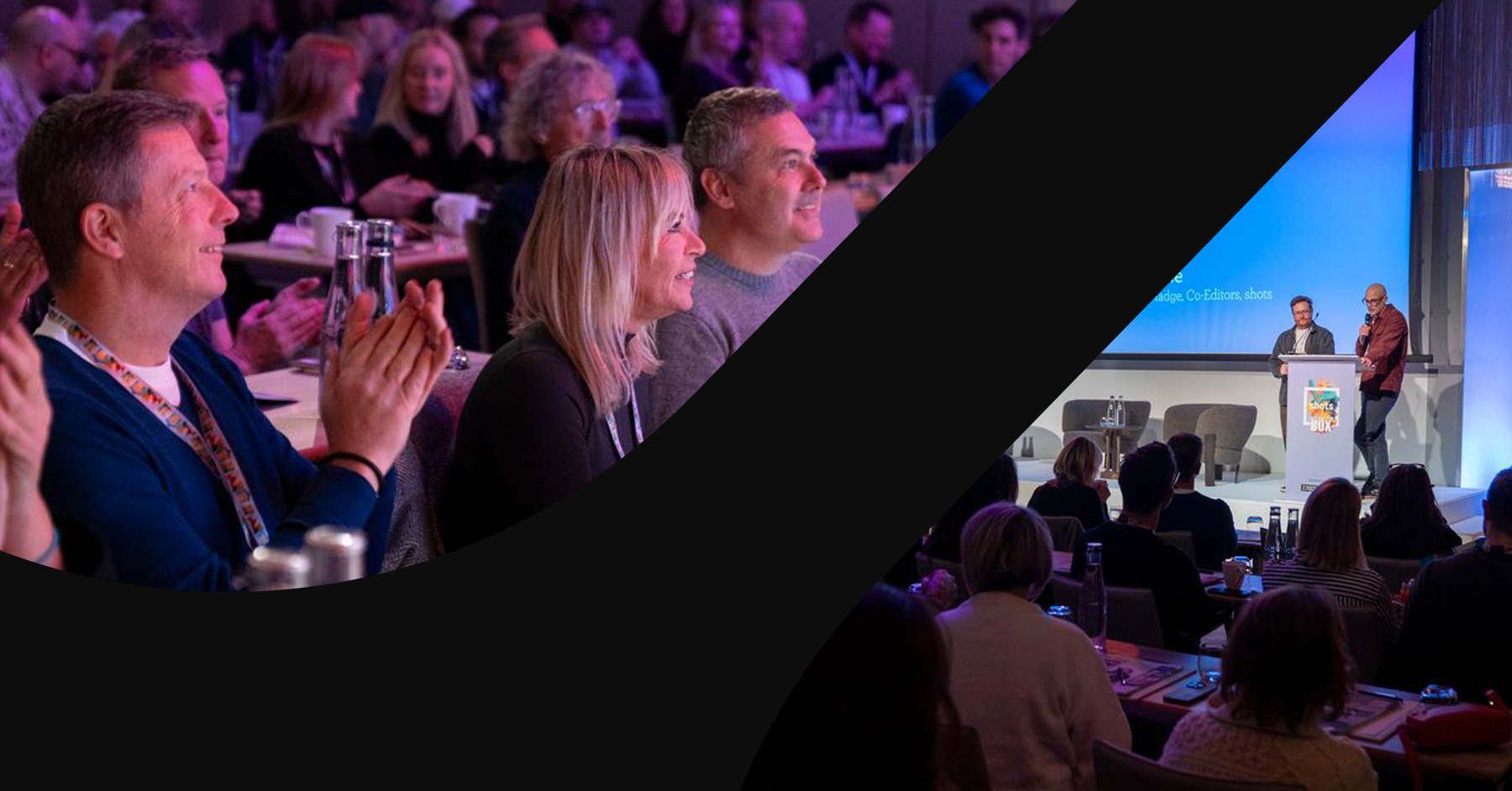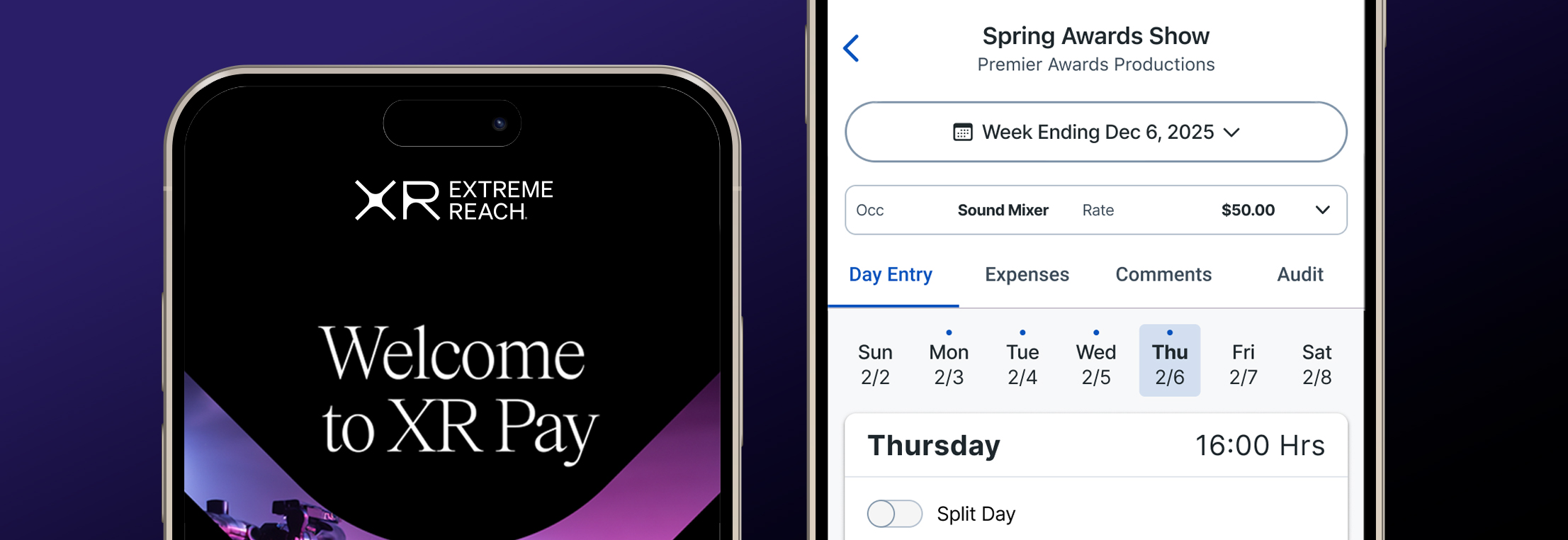Drive Growth, Spend Less, Respect the Planet & Encourage Diversity – Is It Possible?
As published by The Drum.
In tough times, efficiency is crucial, but the media supply chain is increasingly fragmented and wasteful. Andy Hopkinson, strategic director at Extreme Reach talks about the challenges facing brands and agencies as they look ahead to 2023.
Extreme Reach is best known as an end-to-end campaign activation platform, making sure video assets get from the creative and production houses to the screens on the media plan, with the complex details of global rights management linked to every asset. But through continuous innovations in recent years, and the data linked to all activity in its platform, clients now have easy access to deep insights related to their omnichannel campaigns. The Drum spoke to Extreme Reach’s strategic director Andy Hopkinson about challenges brands are facing and how this data supports marketers in any kind of economy.
There are many forces putting pressure on brand marketers as they plan for 2023, not least the softness in the world economy. Can you start by sharing your outlook on the current state of the industry for marketers and how things have changed over the last year?
There is a growing sense of responsibility within the marketing community to deliver return-on-investment (ROI) across the marketing supply chain even in the best of times. We’re now facing tough economic headwinds that are impacting just about every industry and will likely be in effect for more than one quarter. Inflation looks likely to remain high, with consumer spending more limited and energy prices higher than average for a while. All those things increase the importance of making sure that every marketing dollar spent is effective.
So is this a time to cut back on marketing budgets?
With any economic downturn, the more successful brands will see an opportunity to get better value on media and reach their target audiences more cost-effectively than before. There was a great quote from P&G’s chief marketing officer Marc Pritchard at a recent ANA conference, where he said, “Buckle up and double down. Now is the time to invest in your base.” What’s going to separate the weaker brands from the stronger ones is whether they view the current climate as an opportunity to drive long-term value into the brand, or lock down and concentrate on the short term. One key for driving value at a time like this is for marketers to ensure they have a true picture of ROI across all their brand building efforts.
What do you see as the common challenges and priorities among your clients?
Brands need to drive revenue growth, if not profit growth, in a climate of strong economic headwinds and an awful lot of competition for customers’ dollars. But now they’re also having to accomplish that while also achieving the company’s purpose objectives around diversity and inclusivity and accessibility. And all of it has to be achieved sustainably.
It's a really interesting change. Five years ago, I doubt I’d be talking about diversity, equity and inclusion (DE&I) and accessibility and sustainability. But now marketing and marketing procurement and everybody involved in the process has rightly recognized they’ve got a role to play in that.
Can we look at each of those in turn and see how the emphasis has shifted in the last year?
One of the great challenges of sustainability is doing less. If you look back to the original three Rs of the environmental movement, still in use today, it begins with Reduce, which is followed by Reuse and Recycle. Unfortunately, as an industry, we’re hardwired to do more, not less. The advertising industry is one in which thousands of assets are produced to support every global launch. No brand manager ever got promoted by saying, ‘We’re not gonna make more advertising this year; we’re going to use the stuff that was made by the last brand manager.’ Imagine how that changes when a brand has full insight into which creative assets are being used, in what region, at what frequency, and which assets are actually never used. It’s an absolute game changer and it’s information our clients have access to through the Extreme Reach (ER) platform. Our research to date shows that a stunning 18-48% of assets created are never used. With access to such insight, brands are able to make decisions that improve their sustainability and their bottom line.
Around diversity, we see global clients with a keen interest in understanding the actual level of diversity of those seen and heard in their brand stories. What can’t be measured, as they say, can’t be managed. We’ve just completed a first of its kind study of nearly one million creative assets over a four year period in North America, to reveal the level of diversity in age, gender, race and ethnicity in creative assets appearing on linear TV and digital platforms. Through AI, backed by human quality control and validation, we’re able to provide this data to the marketing team and say, are you happy with that? It’s an amazing starting point for managing the diversity targets and strategy that any given brand may have.
Accessibility is an area that needs increased attention. In the US, for example, 11 million people identify as deaf or hard of hearing. Yet in 2022, only one in three creative assets includes captions. The data is even worse for the 12 million who are blind or have low vision. In 2022, just a fraction of a percent of all ads include an audio description. We’re working with creative agencies, media agencies, brands and, crucially, broadcasters to get them to open up the audio channel needed to accommodate the description. Then, when an ad comes into our system, as part of quality control we can very easily tag whether it has subtitles and audio description. So we can reward the agencies and brands who are doing it right, and have a quiet word with those who aren’t and encourage them to get on with it.
How will marketers be able to tackle all of this? Budgets are tight. Their teams are unlikely to grow until macroeconomic conditions improve.
I referenced earlier the importance of reducing in order to generate less waste and also eliminate unnecessary spend. Reuse also has significant impact on sustainability and a marketer’s ROI. Think of all the brands that need a specific kind of shot in every ad. If we use the beverage industry as an example, it would be the pour shot, the spritzed glass shot, that are standard in every campaign. In our platform, a number of clients have added those standard shots to their own asset library, so they’ve got big glasses, small glasses, everything you could imagine, all set for inclusion in any production. So now, before anybody from those brands preps a production, they have to see what they could use from their library in the ER platform. We then note the amount it would cost to get a new shot. And then at the end of the year, that brand manager or that agency is notified to say, well done. You’re reusing stuff.
These kinds of things are easy to implement when assets are centralized in a platform built to support marketing workflow today and into the future. And it’s key to ensuring ROI on marketing spend in all kinds of economic conditions.



.jpg)
